Aegopodium podagraria (Ground elder)
Aegopodium podagraria is a plant of the Apiaceae family, growing in any kind of soil, without any preference as such. From the Middle Ages, it has been in use in food as well as medicine. During the months starting from February till June, it acquires a pleasant taste, as it flowers during this time. Hence this phase is ideally suited to its consumption.
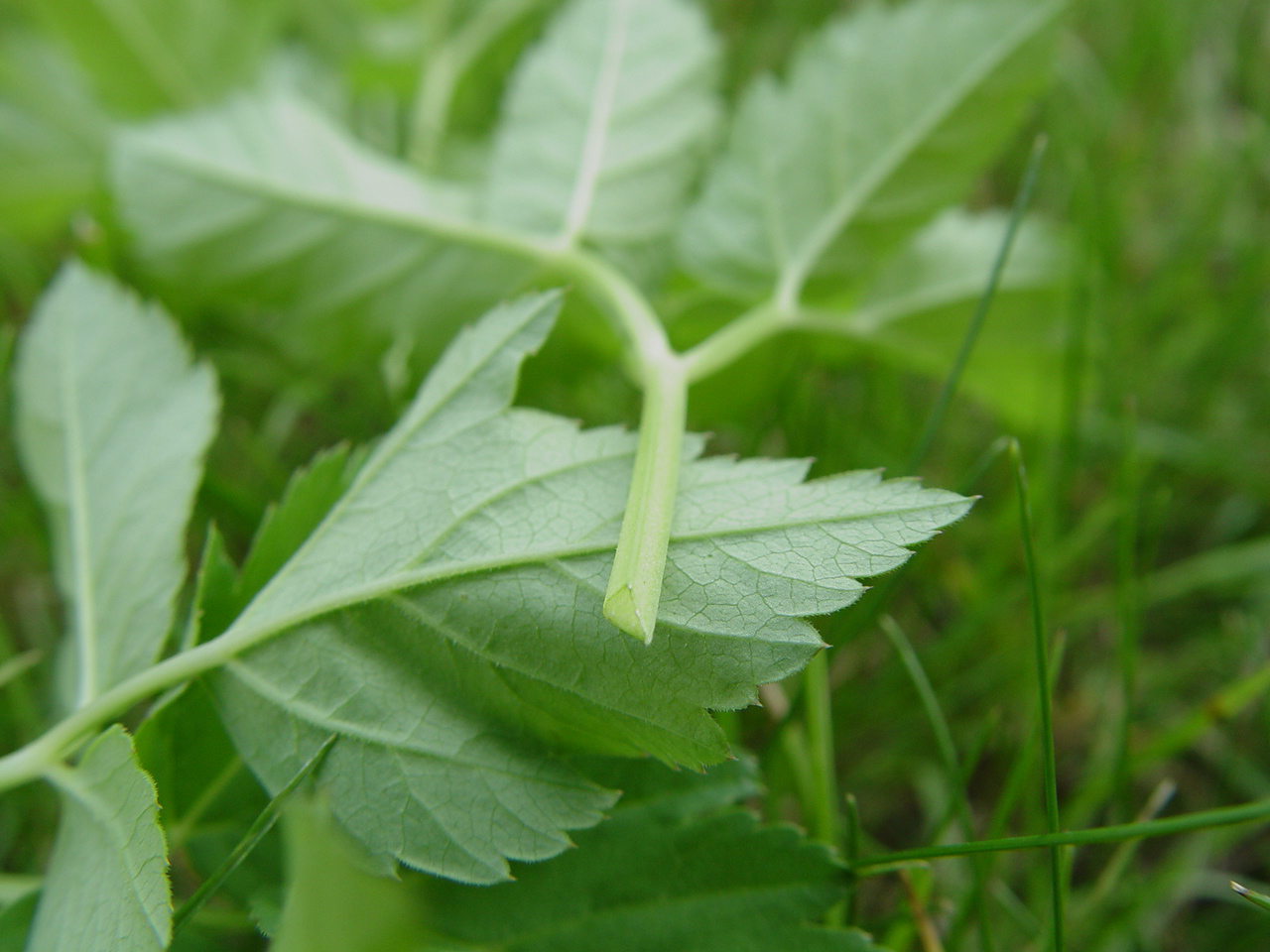
Aegopodium podagraria (Ground elder)
Table Of Content
Common names
This plant is known by several other names like Bishop’s weed, Ground elder, Snow-in-the-mountain and Herb gerard.
Description
A brief outline of how the plant looks is given here.
Spread : This plant can easily spread out for 1 and 1.5 feet.
Height : The maximum height attained by the plant can be 3 ft.
Flowers : White simple flowers appear on them between May and June. They somewhat resemble that of the wild carrots belonging to the Parsley family.
Leaves : Aegopodium podagraria in vegetated form has white edges with green and grayish leaves, while the wild ones have green leaves. It grows on a stem which grows to about 3 ft above the ground.
Seeds : Seeds are small and slightly lengthened, somewhat looking like carrot seeds.
Taste : This leafy vegetable has a pleasant taste when it blooms.
Flavor : It exudes a mild aroma similar to the parsley or lemon.
Distribution
Apart from some European and Asian countries, it is grown in Australia, Japan, North America and New Zealand, where it was introduced. In United States this plant grows from Maine till South Carolina apart from Minnesota till Missouri.
Habitat
It grows in partially shaded areas, in hedgerows and edges of shaded areas.
Origin
Origins of this plant can be traced to major portions of Europe and parts of Asia (north) in addition to eastern wings of Siberia.
Cultivation
It grows in partial sun. It can very well grow in moderately fertile well-drained soil. Snip off the flowering heads to retain the taste in the leafy greens.
Nutritional Facts
Composition of leaves show high amount of Vitamin C apart from fibers, minerals and flavonoids. Vitamin C imparts the anti-oxidant properties to the vegetable which keeps one in good health.
Is Aegopodium podagraria Toxic?
It is not toxic but sometimes it is confused with a poisonous Hemlock plant.
Health Benefits
Certain health benefits of Ground Elder have been noted for complete wellbeing.
- One of the benefits of eating Ground Elder is that it can relieve painful symptoms of gout as believed in the Middle Ages.
- For keeping intestinal problems at check, you can depend on this vegetable.
Uses
Edible Uses
In traditional cuisines, Bishop’s weed or Ground Elder was always used.
- In the Middle Ages, young leaves of the plant were consumed as leafy vegetables like spinach.
- Before flowers bloom, young leaves are plucked and used in the making of Goutweed soup with vegetables and onions.
- It can be made into a filling for empanadas.
- The fresh leafy greens can be made into delicious vegetarian dishes apart from salads.
Medicinal Uses
It has medicinal properties for which it was used in the treatment of pains and sores in the past.
- A homeopathic remedy is prepared from the flowering plant which is applied to treat rheumatism and arthritis.
- Also for treating wounds or burns, a poultice of its leaves are applied.
- In the past by boiling the roots and leaves of the plant together, hot wraps were used for treating pains in bone-joints.
- The leaves can be used as well for mild sedative effects.
Other uses
- Since the leaves contain essential oils, they were previously used for wrapping vegetables for keeping them fresh.
- They can be effective in controlling soil erosion.
- It can be of immense use in gardens providing ground cover, growing below trees and shrubs.
- The leaves of this plant can be useful for grey dagger, dot moth and other Lepidoptera species to lay eggs, which later becomes the foraging plant.
Recipes
Some interesting recipes using this green vegetable are:
- Pancakes
- Omelets
- Steamed Ground Elder
- Buttered Goutweed
- Ground Elder with Cheese Soufflé
During Pregnancy
Sufficient information about its consumption during pregnancy or for lactating mothers is not available, so they can refrain from it during such phases.
Side Effects
There are no known side effects of this leafy vegetable but over consumption might lead to some discomfort.
Sale and Storage
Whether you want to consume these leafy greens or keep as ground cover, you can buy them from online stores at a price around $ 3.30.
Facts
- It is referred to as Bishop’s weed because the leaflets look like a bishop’s head-gear.
- Due to its invasive nature Aegopodium podagraria is considered to be a weed and various controlling or eradication measures are implemented to get rid of it, among which herbicides are also opted.
- For being obnoxious, it has been termed as a ‘worst’ garden weed in flower gardens.
- In modern times too it can be found around ruins of monasteries in Europe where they were grown centuries ago.
- It can be inflicted with leaf blight, a disease occurring in humid climatic conditions which kills the foliage.
- Monks in Northern Europe realized the medicinal significance of the plant but in England, it was introduced in the form of a food plant by the Romans.
- One can find usages of this plant described in several monastic scriptures from the ancient past.
- Not only European monks, Tibetan as well as Chinese monks too used this plant to heal physical ailments.
Pictures
For correct identification of Aegopodium podagraria, take a look at its images.
References:
https://www.invasive.org/weedcd/pdfs/wgw/goutweed.pdf
http://wildedibles.wordpress.com/
http://en.wikipedia.org/wiki/Aegopodium_podagraria
https://www.fs.usda.gov/database/feis/plants/forb/aegpod/all.html
- by Jaysmita Sarkar
- December 29th 2012

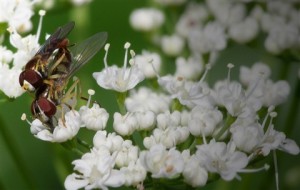
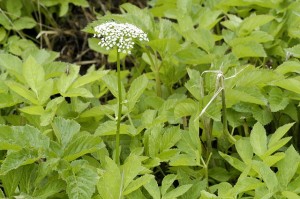
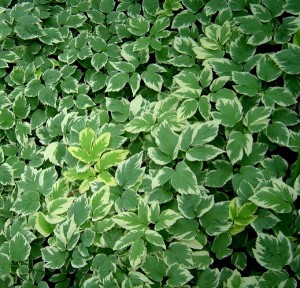
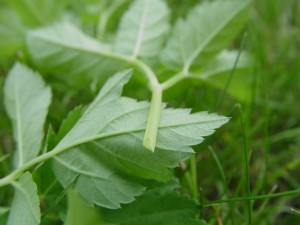
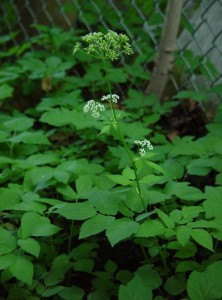
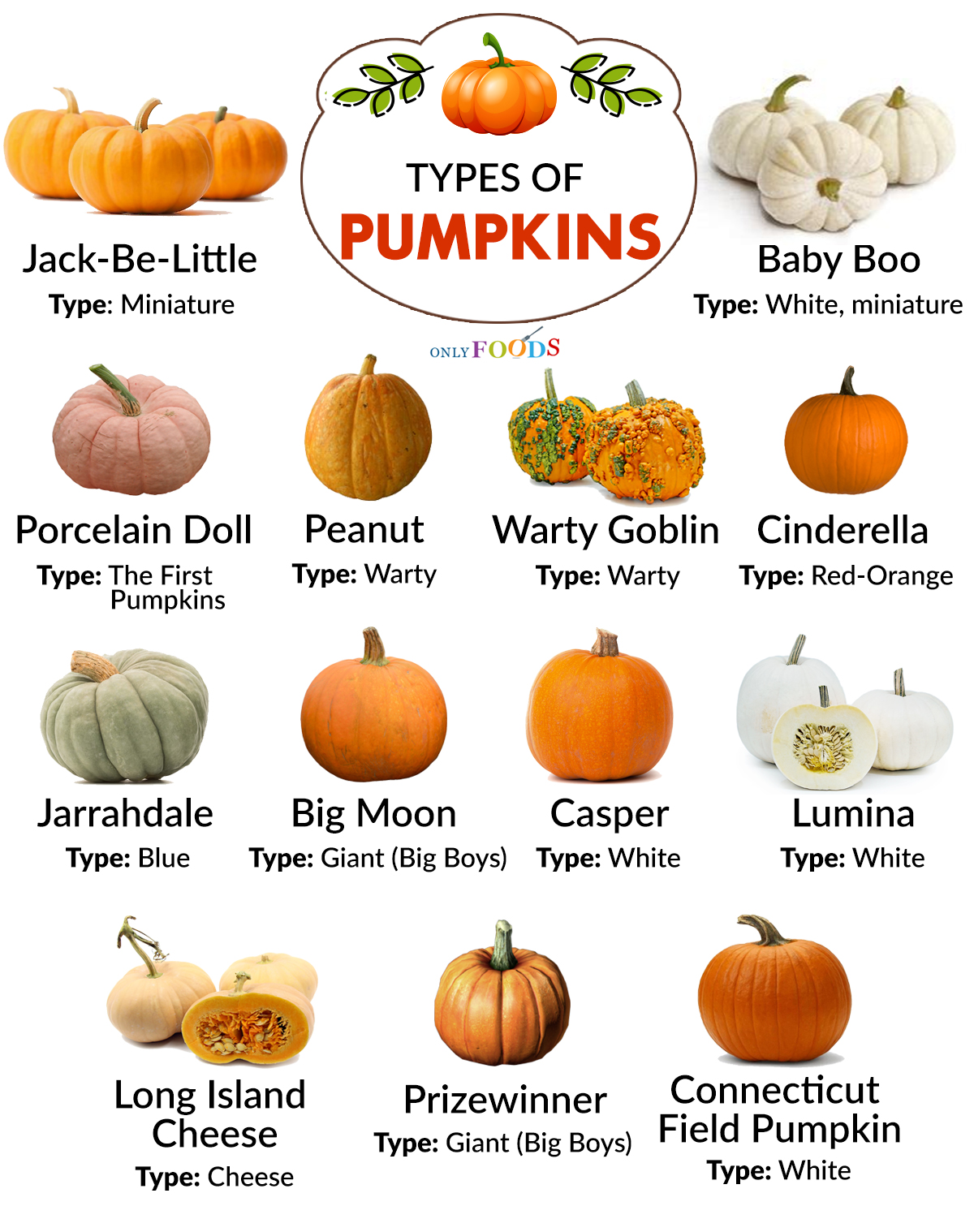
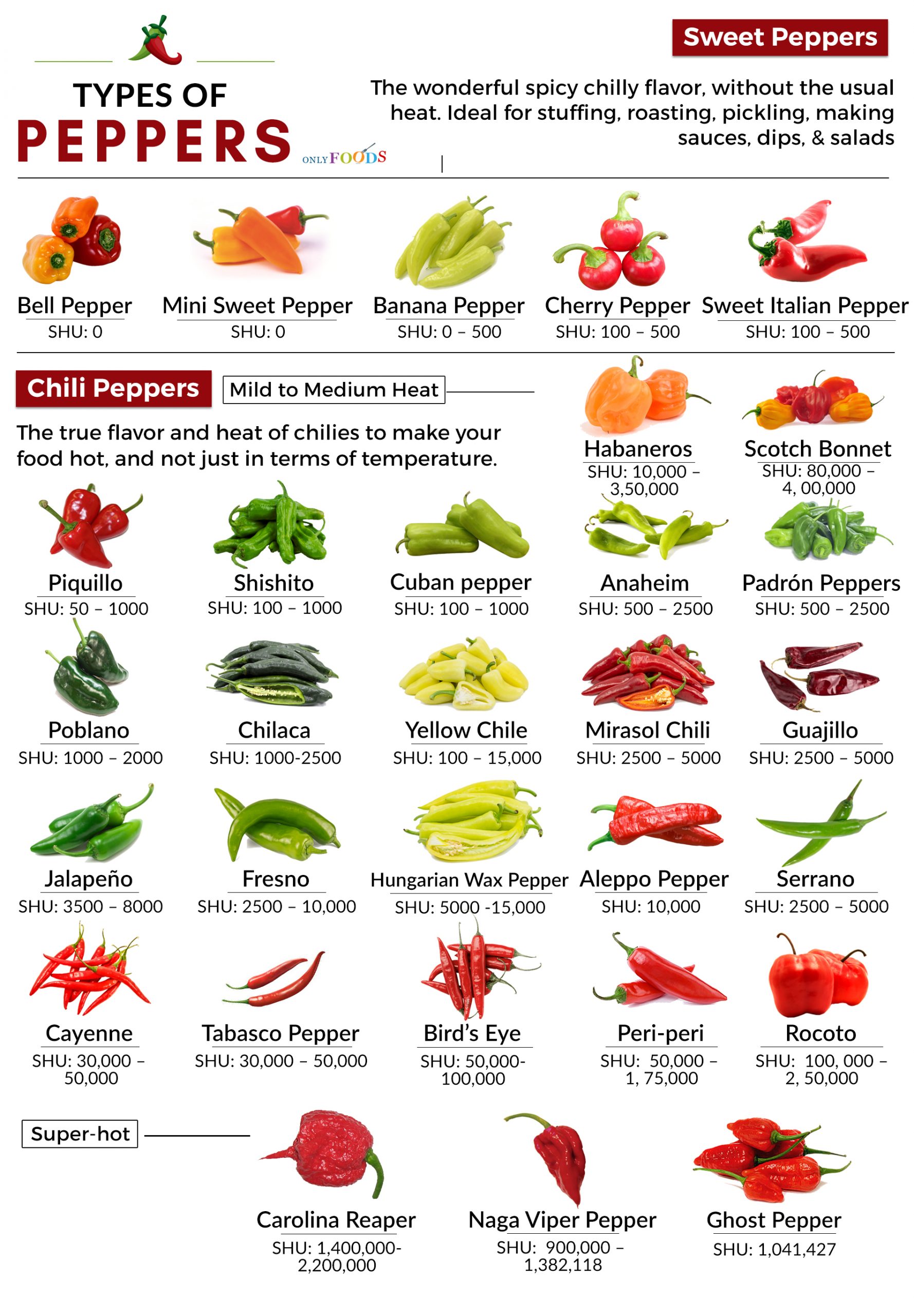
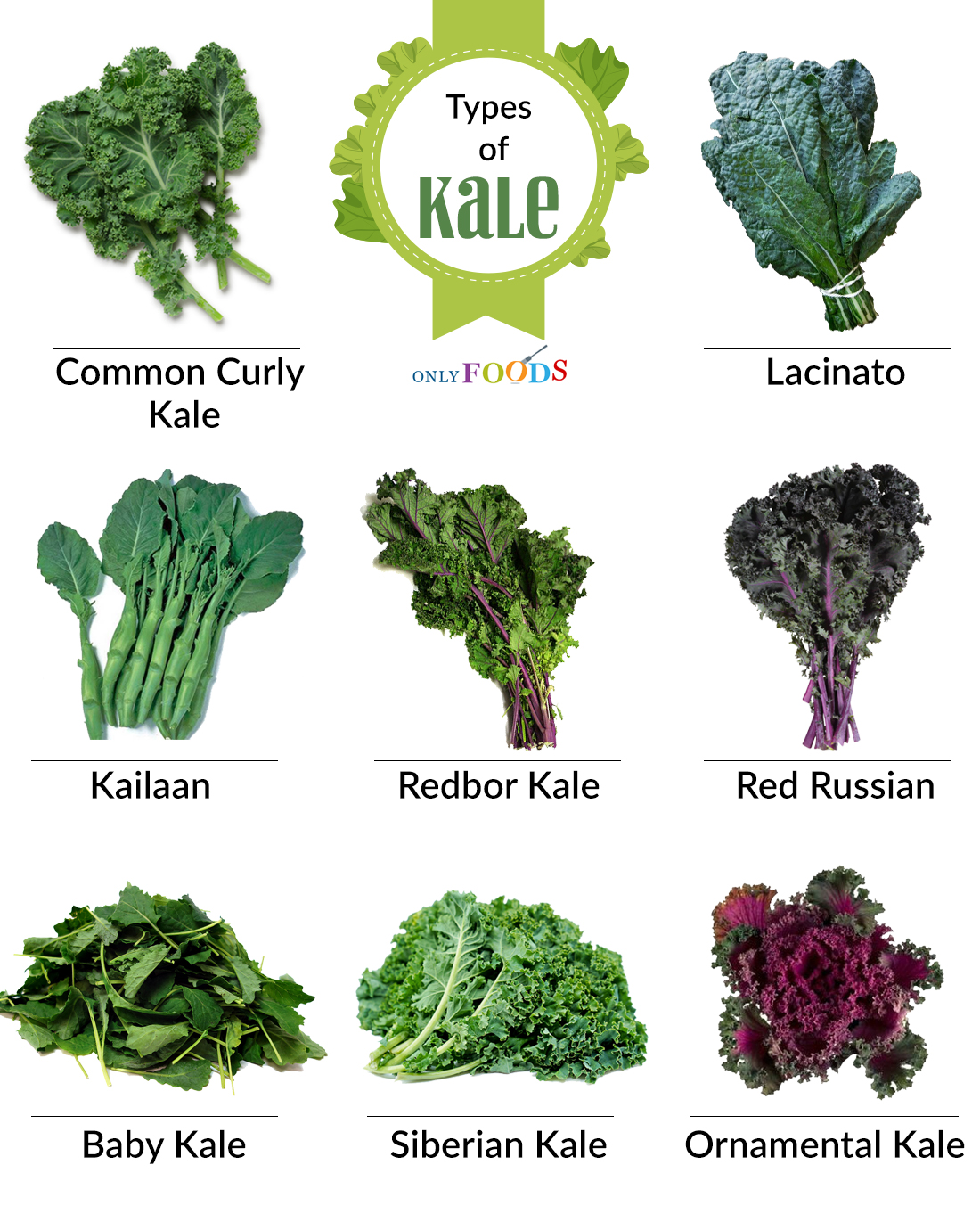
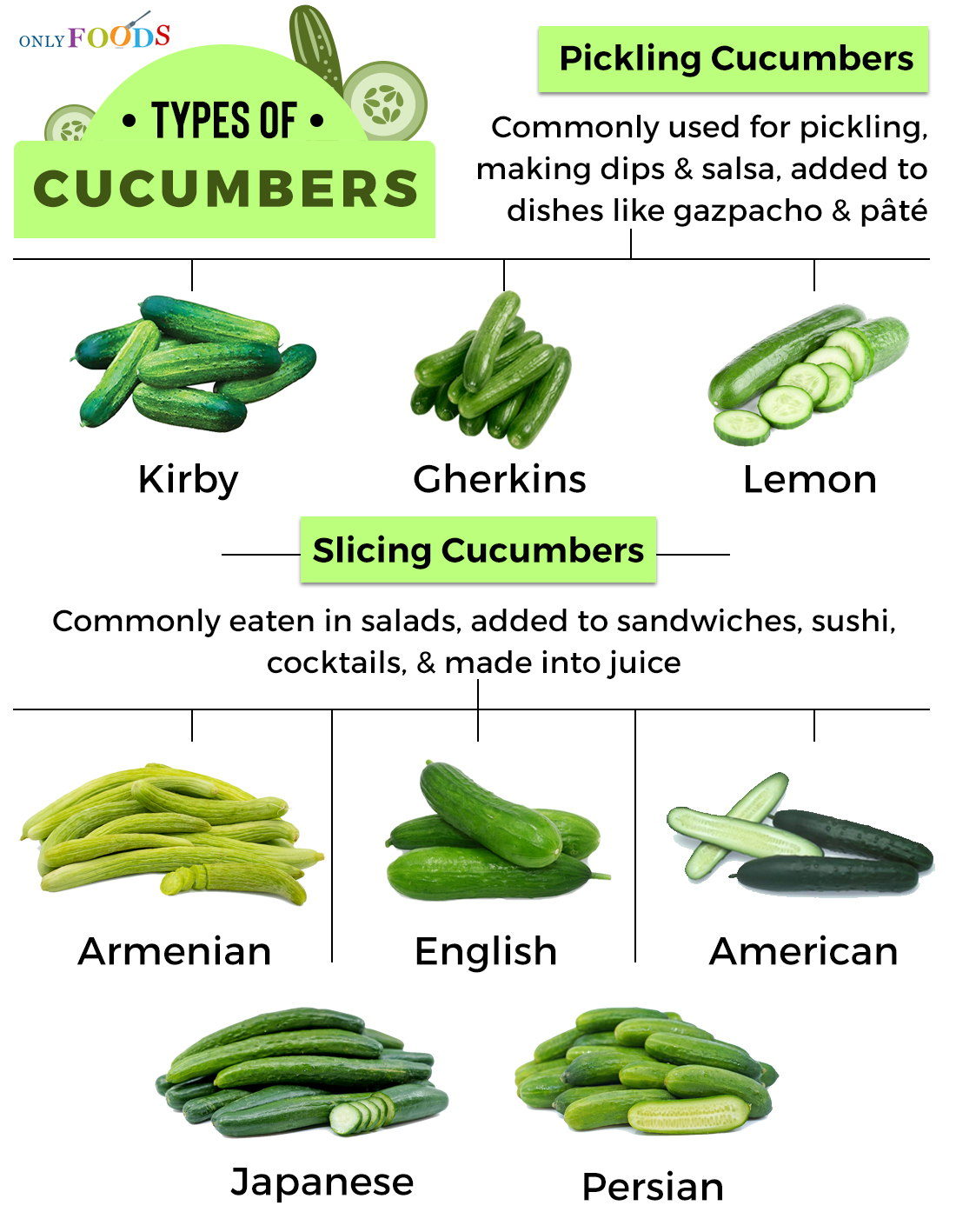















Leave a Reply